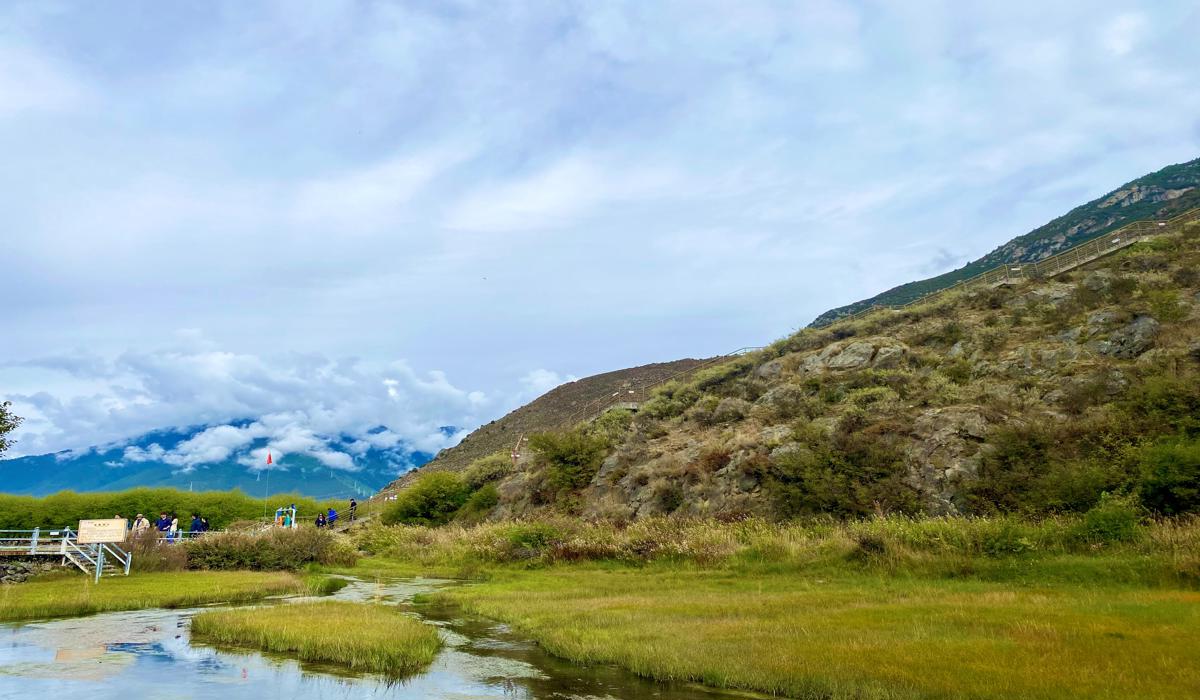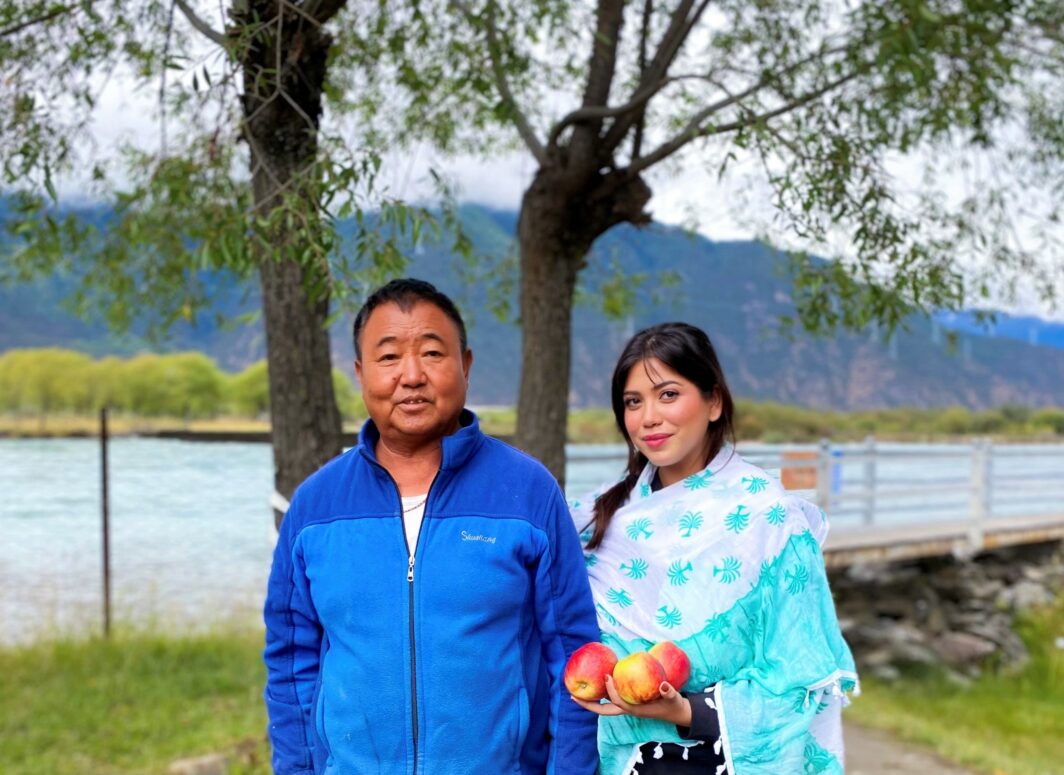How China Restores Nature in the Rainforest Wetland of Southeastern Tibet (Xizang)
- Maryam Razzaq
- China
- October 16, 2024

Southeastern Tibet (Xizang) is home to the vast Rainforest Wetland National Reserve, a remarkable ecological treasure spanning 8,000 square kilometers. This protected area reflects China’s dedication to environmental conservation, serving as a model for balancing nature, local development, and sustainable tourism. The reserve, officially designated as a national reserve in 2019, encompasses diverse landscapes, including two counties, five townships, and 22 villages. It plays a vital role in preserving biodiversity, promoting sustainable livelihoods, and improving ecological infrastructure in the region.
The Rainforest Wetland Reserve hosts 234 animal species, with 46 under state protection, and attracts migratory birds like bar-headed geese and black-necked cranes. Its 534 plant species, including six protected ones, contribute to the region’s rich biodiversity. Conservation efforts have ensured the thriving of both wildlife and native flora.

China has allocated significant resources to ensure the sustainability of this natural wonder. In recent years, 154 million RMB has been spent on restoring the ecosystem, with an additional 24.6 million RMB invested in infrastructure. Restoration efforts include the replanting of native trees and grasses in degraded areas, helping stabilize fragile ecosystems. Local teams also carry out regular surveys of water quality and wildlife populations, contributing to the ongoing recovery and protection of the environment.
To support daily operations, a team of 70 individuals—including locals, officials, and volunteers—works diligently to monitor wildlife, manage water resources, and maintain visitor facilities. This coordinated approach strengthens the protection of the natural landscape while providing jobs to villagers and enabling them to participate directly in environmental stewardship.
Tourism plays a pivotal role in the conservation model. Income from tourism is shared between the government and local residents, with a portion reinvested into conservation initiatives. Infrastructure improvements ensure villagers enjoy essential services, including grocery stores in each village and primary schools in every township, with some villages offering kindergartens. For older students, high schools are available 25 kilometers away in nearby cities, ensuring access to education for all residents.

Maryam Razzaq (Senior Reporter and Journalist) on a recent trip to Tibet (Xizang), China with a local Tibetan farmer.
The reserve also offers comprehensive communication services, including 5G mobile coverage, enhancing both visitor experiences and local connectivity. Many villagers work as farmers, laborers, or part-time employees in construction, while others are involved in tourism and reserve management. Their collaboration ensures that the ecological balance is maintained while promoting sustainable livelihoods.
Beyond its scenic beauty, the Rainforest Wetland plays a crucial ecological role. Similar to Lhalu Wetland—often called the “Lungs of Lhasa” for its oxygen-supplying capacity—this reserve helps regulate the local climate, conserve water, and prevent floods. Wetlands like these act as natural carbon sinks, absorbing carbon dioxide and stabilizing underground water levels, contributing to global environmental goals.
China’s commitment to environmental preservation has transformed the Rainforest Wetland into a thriving ecosystem. With ongoing research and conservation initiatives, this reserve represents a beacon of ecological progress, fostering harmony between nature and human development. Through collaborative efforts from the government, scientists, and local communities, the Rainforest Wetland is set to remain a natural sanctuary for generations to come.
This unique and vibrant landscape offers more than just scenic beauty—it provides a glimpse into the future of sustainable environmental management. The Rainforest Wetland National Reserve stands as a symbol of China’s efforts to protect its ecological heritage, ensuring that nature and communities can prosper together.
Written by: Maryam Razzaq








